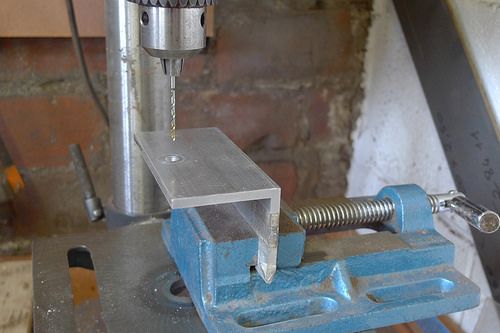Results 11 to 20 of 27
Thread: Scales in horn
-
04-20-2014, 01:22 AM #11

Sweet! I REALLY dig those!
 "Don't be stubborn. You are missing out."
"Don't be stubborn. You are missing out."
I rest my case.
-
The Following User Says Thank You to sharptonn For This Useful Post:
UKRob (04-20-2014)
-
04-20-2014, 02:52 AM #12

Yea those are great. The right balance between the bark and the core antler.
-
The Following User Says Thank You to EisenFaust For This Useful Post:
UKRob (04-20-2014)
-
04-20-2014, 03:22 AM #13

Looking very good work Rob
Saved,
to shave another day.
-
The Following User Says Thank You to Substance For This Useful Post:
UKRob (04-20-2014)
-
04-20-2014, 10:46 AM #14

Wow Rob, you continue to impress. Those are excellent. What method did you end up using? Please do divulge your secrets...
-
The Following User Says Thank You to Suavio For This Useful Post:
UKRob (04-20-2014)
-
04-20-2014, 10:54 AM #15

Was that the Rameau that was on the Bay recently? I saw it and thought it looked in pretty untouched condition. however with your treatment and with those scales it looks absolutely stunning. I love the way the spine rests on the top
-
The Following User Says Thank You to Damo For This Useful Post:
UKRob (04-20-2014)
-
04-20-2014, 12:35 PM #16

No - maybe next time I post some WIP pictures.
Having sawn the length I just used a belt sander holding the flat surface down until I was at about the right thickness while still having enough width at the wedge end. I then began profiling the outsides to take down the high spots nd taper the ends - you will notice that I hit the honeycomb when tapering the show side scale. Then with them taped together, I used the belt sander to get the end to end shape - I'd already drawn a template that fitted the blade, so I copied this onto masking tape and used that as my general guide.
The biggest problem was drilling the pin holes with the scales taped together - not being flat meant that I had to drill part way and then used a piece of road to see if it was squared up. I then went from the other side and luckily the holes met - they ended up oversized but the blades centred OK.
I bought this one as part of two really poor condition blades so it doesn't appear to be the or you saw.
-
The Following User Says Thank You to UKRob For This Useful Post:
Suavio (04-21-2014)
-
04-22-2014, 10:54 AM #17

Thanks for sharing, Rob. I also use the bandsaw technique for bone scales, and taping or clamping them together is the way to go for shape, no doubt. For the pins I like to drill one on the flat, then use that hole to mark the second, that way no balancing on a curved edge. Your pins look great here.
-
04-22-2014, 11:40 AM #18

I've been given another suggesion for drilling the holes - one that came from a knife-maker - it's simply a pice of angled aluminium with an oversized hole drilled through and clamped in position on the pedestal drill. The two scales are positioned flat sided on either side of the angle, clamped in place and drilled in one operation thus ensuring 90 Degrees.
My only problem here is in ensuring that they are placed exactly in line.

I'd be interested in how you drill the second scale in your method - I get the first part - it's just transferriing that onto the second scale I can't imagine.
-
04-22-2014, 01:42 PM #19

FWIW, great job on those, but you mentioned 'taking down the high spots' on the outside. I love pocket knives/razors with stag horn scales that are those knobby rough old 'burnt' stag, that haven't been smoothed out on the outside. YMMV.
Be careful how you treat people on your way up, you may meet them again on your way back down.
-
The Following User Says Thank You to JimmyHAD For This Useful Post:
UKRob (04-22-2014)
-
04-22-2014, 01:58 PM #20

I do my drilling midway through profiling but before shaping, while the scales are still totally flat, and taped together. If you do the drilling and things are ever so slightly off, you still have time to correct it during profiling. I guess I don't understand the reason for the Angle iron UKRob - why don't you just use the table of your drill press?
When drilling Horn, I always use a hardwood backer to prevent delamination. Using sharp bits is also very important, as is drilling very slowly.
-


 24Likes
24Likes LinkBack URL
LinkBack URL About LinkBacks
About LinkBacks







 Reply With Quote
Reply With Quote


